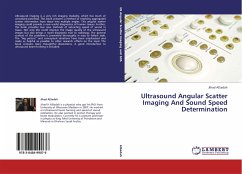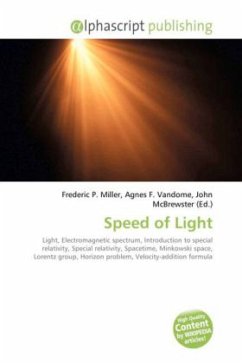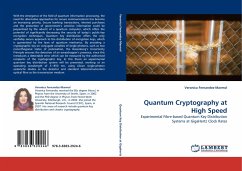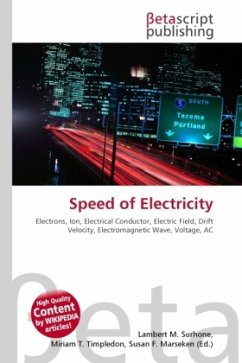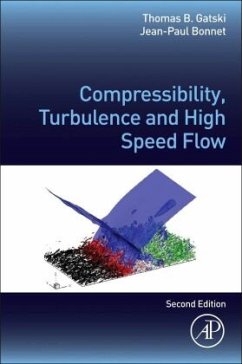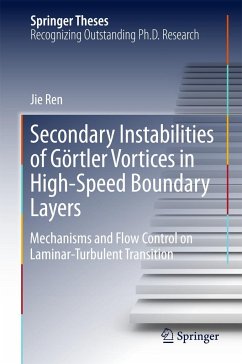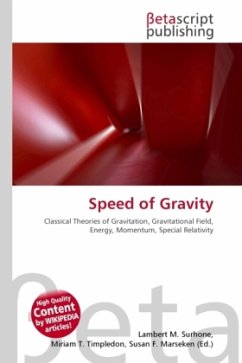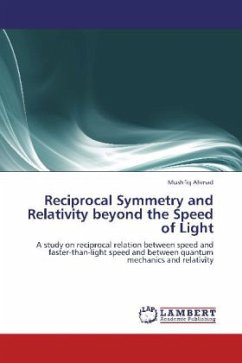
Reciprocal Symmetry and Relativity beyond the Speed of Light
A study on reciprocal relation between speed and faster-than-light speed and between quantum mechanics and relativity
Versandkostenfrei!
Versandfertig in 6-10 Tagen
32,99 €
inkl. MwSt.

PAYBACK Punkte
16 °P sammeln!
Planck's hypothesis sets a lower limit (to energy). Einstein's postulate sets an upper limit (to speed). If a particle has a velocity v, the corresponding de Broglie wave has the velocity c2/v. Therefore, de Broglie wave velocities fulfill Einstein's reciprocal postulate that no speed can be less than the speed of light. Planck and de Broglie suggest a reciprocal relation between quantum mechanics and special relativity. From velocity v=x/t we can obtain the reciprocal velocity by interchanging between x and t. In a two dimensional space-time plane this interchange (of coordinates) means a rot...
Planck's hypothesis sets a lower limit (to energy). Einstein's postulate sets an upper limit (to speed). If a particle has a velocity v, the corresponding de Broglie wave has the velocity c2/v. Therefore, de Broglie wave velocities fulfill Einstein's reciprocal postulate that no speed can be less than the speed of light. Planck and de Broglie suggest a reciprocal relation between quantum mechanics and special relativity. From velocity v=x/t we can obtain the reciprocal velocity by interchanging between x and t. In a two dimensional space-time plane this interchange (of coordinates) means a rotation of the velocity vector. Special relativity should be able to accommodate all relativistic velocities (even if rotated). Therefore, faster-than-light velocities belong to the quantum mechanical aspect (or rotated region) of special relativity.



